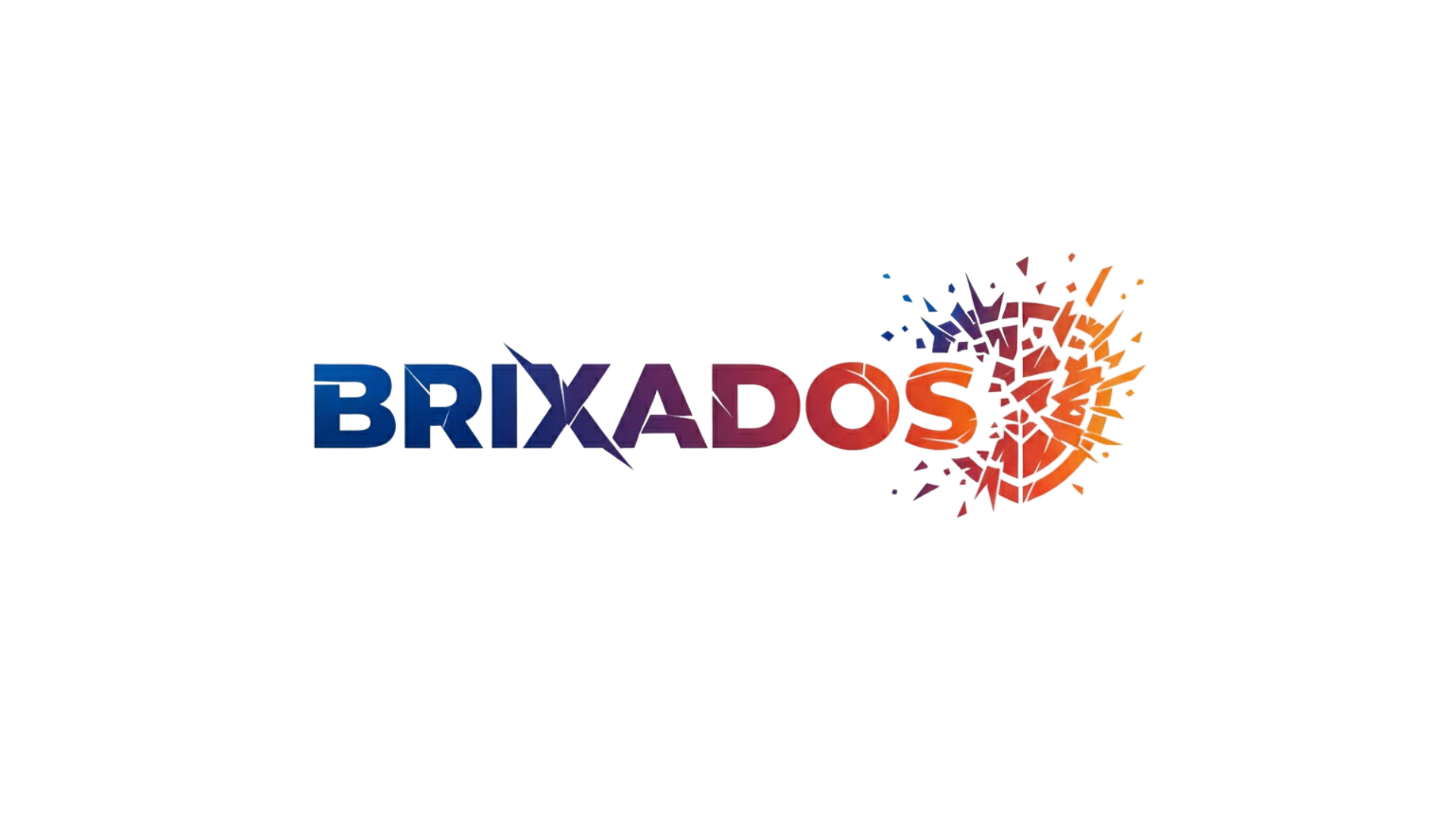Dreams are not just fleeting images during sleep—they are powerful portals to our subconscious mind, holding keys to emotional healing, psychological growth, and profound self-discovery. ✨
Throughout human history, cultures around the world have recognized dreams as sacred messengers, offering guidance, warnings, and insights into our deepest selves. From ancient Egyptian dream temples to modern psychotherapy practices, the therapeutic potential of our nocturnal narratives continues to captivate healers, scientists, and seekers alike. Today, as we navigate increasingly complex emotional landscapes, understanding how to harness the healing power within our dreams has become more relevant than ever.
This comprehensive exploration will guide you through the transformative world of dream healing, revealing practical techniques to unlock the wisdom your unconscious mind offers each night. Whether you’re dealing with emotional trauma, seeking creative solutions, or simply wanting to understand yourself more deeply, your dreams hold remarkable potential for personal transformation.
🌙 The Science Behind Dream Healing
Modern neuroscience has validated what ancient wisdom traditions have long known: dreams serve essential psychological and physiological functions. During REM (Rapid Eye Movement) sleep, when most vivid dreaming occurs, our brains actively process emotions, consolidate memories, and work through unresolved conflicts.
Research from leading sleep laboratories demonstrates that dreaming plays a crucial role in emotional regulation. The amygdala, our brain’s emotional processing center, shows heightened activity during REM sleep while the prefrontal cortex—responsible for logical thinking—takes a back seat. This unique neurological state allows us to process difficult emotions in a safe, symbolic environment without the constraints of waking logic.
Dr. Matthew Walker, a renowned sleep scientist, describes dreams as “overnight therapy,” where the brain strips away the emotional charge from difficult experiences, allowing us to process trauma and stress more effectively. This natural healing mechanism operates automatically, yet we can consciously enhance its therapeutic benefits through intentional dream work.
The Emotional Processing Theory
Dreams function as a psychological immune system, helping us metabolize emotional experiences that might otherwise overwhelm our conscious minds. Studies show that people who experience adequate REM sleep demonstrate better emotional resilience and improved mood regulation compared to those who are REM-deprived.
The symbolic language of dreams allows us to confront fears, rehearse challenging situations, and integrate conflicting aspects of our personalities in ways that direct conscious thought cannot achieve. This is why nightmares, though distressing, often represent the psyche’s attempts to process and heal from traumatic experiences.
🔮 Ancient Wisdom Meets Modern Practice
Indigenous cultures and spiritual traditions have developed sophisticated dream healing practices over millennia. The Aboriginal Australians’ concept of Dreamtime recognizes dreams as a dimension where healing, learning, and spiritual connection occur. Native American tribes have long used dream circles and vision quests as fundamental healing ceremonies.
In ancient Greece, people seeking healing would sleep in Asclepian temples, where the god of medicine was believed to visit them in dreams and provide cures. These “dream incubation” practices, though thousands of years old, contain principles we can apply today to intentionally invite healing dreams.
Integrating Traditional and Contemporary Approaches
Modern dream therapists draw from these rich traditions while incorporating evidence-based psychological techniques. Jungian analysis, Gestalt dream work, and imagery rehearsal therapy all recognize dreams as valuable therapeutic tools. By combining ancient reverence for dreams with contemporary understanding of the mind, we can create powerful personal healing practices.
💫 Practical Techniques for Dream Healing
Unlocking the healing power within your dreams requires both receptivity and active engagement. The following techniques can help you develop a more conscious relationship with your dream life and harness its therapeutic potential.
Dream Journaling: Your Foundation Practice
Keeping a dream journal is the single most effective way to begin working with your dreams therapeutically. Place a notebook and pen beside your bed, and upon waking—before moving or thinking about your day—immediately record whatever you remember from your dreams.
Write in present tense to maintain the dream’s emotional immediacy: “I am walking through a forest” rather than “I walked through a forest.” Include sensory details, emotions, colors, and seemingly insignificant elements. Even fragment recall is valuable and will improve with consistent practice.
Over time, patterns emerge in your dream journal that reveal recurring themes, unresolved issues, and areas requiring attention. These patterns serve as a roadmap to your inner healing journey.
Dream Incubation for Targeted Healing
Dream incubation involves consciously requesting guidance or healing on specific issues before sleep. This ancient technique remains remarkably effective when approached with genuine intention.
Before bed, clearly formulate a question or area where you seek healing. Write it down, speak it aloud, or visualize it as you fall asleep. You might ask: “How can I heal from this relationship?” or “What do I need to understand about my anxiety?”
The key is maintaining a receptive attitude without forcing specific outcomes. Your unconscious mind will respond in its own symbolic language, often providing insights more profound than your conscious mind could generate.
Active Imagination and Dream Re-entry
Developed by Carl Jung, active imagination allows you to continue and explore dreams while awake. After recording a dream, sit quietly and allow yourself to re-enter the dream scenario. Engage with dream characters, ask questions, or allow the narrative to unfold further.
This technique proves especially powerful for working with nightmares or unresolved dream situations. By consciously re-entering the dream, you can find closure, gain understanding, or transform frightening elements into allies.
🌟 Healing Specific Issues Through Dreams
Processing Trauma and Grief
Dreams naturally work to process traumatic experiences, though this process can manifest as disturbing nightmares. Rather than suppressing these dreams, working with them therapeutically—ideally with professional support—can facilitate profound healing.
Imagery Rehearsal Therapy (IRT) is an evidence-based technique where you consciously rewrite nightmare narratives while awake, then rehearse the new version before sleep. This approach has shown remarkable success in treating PTSD-related nightmares and can be adapted for various trauma-related dreams.
For grief processing, dreams often provide opportunities to connect with lost loved ones, say unspoken words, or receive comfort. These dreams, while emotionally intense, frequently offer significant healing and closure to those mourning.
Resolving Inner Conflicts
Dreams regularly present conflicts between different aspects of our personalities through symbolic characters and scenarios. A dream where you’re arguing with a stranger might represent an internal dialogue between conflicting values or desires.
The Gestalt technique of “speaking as” different dream elements can reveal these internal conflicts. Describe your dream from the perspective of various characters or objects, giving voice to different parts of yourself. This process often leads to integration and resolution of inner tensions.
Creative Problem-Solving and Innovation
Beyond emotional healing, dreams offer remarkable creative problem-solving abilities. Famous examples include Mendeleev discovering the periodic table’s structure, Paul McCartney hearing “Yesterday” in a dream, and Elias Howe solving the sewing machine needle design through a nightmare.
When facing creative blocks or complex problems, pose your challenge to your dreaming mind before sleep. The associative, non-linear thinking of dreams often produces innovative solutions that logical analysis cannot reach.
🧘 Creating Optimal Conditions for Healing Dreams
The quality and recall of your dreams depends significantly on sleep hygiene and intention-setting practices. Creating conditions conducive to deep, restorative sleep enhances your dreams’ healing potential.
Sleep Environment and Routine
- Maintain consistent sleep and wake times, even on weekends, to regulate your circadian rhythms
- Create a completely dark, cool bedroom environment (around 65-68°F or 18-20°C)
- Eliminate screens at least one hour before bed—blue light suppresses melatonin and disrupts REM sleep
- Use calming pre-sleep rituals like gentle stretching, meditation, or reading to signal your mind it’s time for rest
- Avoid alcohol and heavy meals before bed, which fragment sleep and reduce REM duration
Mindfulness and Meditation Practices
Regular meditation enhances dream recall and lucidity while cultivating the awareness necessary for effective dream work. Even 10-15 minutes of daily mindfulness practice can significantly improve your relationship with your dream life.
Body scan meditations before sleep help release physical tension that might otherwise create restless dreams. Loving-kindness meditation can set a healing intention that carries into your dream state, particularly helpful when working through relationship issues or self-compassion challenges.
🎯 Lucid Dreaming: Advanced Dream Healing
Lucid dreaming—becoming conscious that you’re dreaming while still asleep—offers extraordinary opportunities for intentional healing work. In this state, you can directly engage with dream content, confront fears, practice new behaviors, and access deep wisdom from your unconscious mind.
Developing Lucid Dreaming Skills
Reality testing is the foundational technique for inducing lucid dreams. Throughout your day, regularly question whether you’re dreaming by checking text, looking at your hands, or attempting to push your finger through your palm. These reality checks eventually occur in dreams, triggering lucidity.
The MILD (Mnemonic Induction of Lucid Dreams) technique involves waking after five hours of sleep, reviewing a recent dream, then returning to sleep while repeating: “Next time I’m dreaming, I will remember that I’m dreaming.” This method has strong scientific support for inducing lucid dreams.
Therapeutic Applications of Lucid Dreams
Once lucid, you can deliberately seek healing by asking the dream itself for guidance, calling forth helpful guides or symbols, or directly transforming nightmare elements. Many practitioners report that consciously facing fears in lucid dreams reduces their power in waking life.
You can also use lucid dreams for rehearsing difficult conversations, practicing new skills, or experiencing states of profound peace and joy that carry over into waking consciousness. The key is approaching lucidity with clear healing intentions rather than mere entertainment.
🌈 Interpreting Dreams for Maximum Healing Benefit
Dream interpretation is less about fixed symbol meanings and more about understanding your personal symbolic language. While certain archetypes appear across cultures, your dreams speak in metaphors uniquely meaningful to you.
Working With Dream Symbols
Rather than consulting generic dream dictionaries, explore what specific symbols mean to you personally. Water might represent emotions for one person and spirituality for another. A dog could symbolize loyalty, companionship, or aggression depending on your experiences and associations.
Ask yourself questions about dream elements: What are this symbol’s qualities? What was I feeling when this appeared? What does this remind me of in waking life? These inquiries reveal the symbol’s personal significance and healing message.
Recognizing Compensatory Dreams
Jung observed that dreams often compensate for one-sided conscious attitudes. If you’re excessively self-critical in waking life, dreams might present scenarios where you’re celebrated or successful. Recognizing this compensatory function helps restore psychological balance.
Pay attention to dreams that contradict your waking beliefs or show you behaving differently than usual. These dreams often point toward neglected aspects of yourself that need integration for wholeness and healing.
👥 Dream Sharing and Community Healing
While personal dream work is valuable, sharing dreams in trusted circles amplifies their healing potential. Dream groups provide diverse perspectives, support, and witnessing that deepen understanding and integration.
When sharing dreams, the dreamer always remains the final authority on their dream’s meaning. Group members can offer observations and associations, but interpretation should never be imposed. The simple act of speaking dreams aloud and being heard with respect carries therapeutic power.
🔬 The Future of Dream Healing
Emerging research continues revealing dreams’ healing capacities. Studies on targeted memory reactivation use sensory cues during sleep to influence dream content and enhance therapeutic outcomes. Neuroimaging advances allow scientists to predict dream content based on brain activity patterns, potentially enabling more targeted dream therapies.
Virtual reality technologies are being explored to help people rehearse healing dream scenarios, while AI-assisted dream analysis tools offer new ways to identify patterns and themes across extensive dream journals. These innovations complement rather than replace the fundamental practices of attention, reflection, and integration that make dream healing effective.

💪 Embracing Your Dream Healing Journey
The path of dream healing requires patience, consistency, and self-compassion. Some nights you’ll remember vivid, meaningful dreams; others will yield only fragments or nothing at all. Both experiences are normal and part of the process.
Begin simply: commit to recording whatever you remember upon waking, even if it’s just an emotion or single image. Set gentle intentions before sleep. Notice patterns over weeks and months rather than obsessing over individual dreams. Trust that your unconscious mind is working toward healing whether or not you consciously understand every dream.
Remember that challenging or disturbing dreams aren’t failures—they’re often the psyche’s most vigorous attempts at healing. Working with these difficult dreams, preferably with professional support when needed, can yield the most profound transformations.
Your dreams are uniquely yours, carrying messages encoded in your personal history, culture, and soul’s journey. No expert can interpret them better than you can with patient, compassionate attention. External guidance can illuminate possibilities, but you remain the ultimate authority on your inner world.
As you develop this practice, you may notice that the boundary between dreaming and waking becomes more fluid. Insights from dreams inform daily decisions, while waking intentions shape dream content. This integration represents the full flowering of dream healing—not just processing the past, but actively co-creating a more whole, authentic, and vibrant future.
The healing power within your dreams awaits your attention. Each night offers a fresh opportunity to explore inner landscapes, integrate fragmented parts of yourself, and access wisdom beyond your conscious mind’s reach. By honoring your dreams and engaging them with intention and reverence, you activate one of humanity’s oldest and most effective healing modalities. Sweet dreams and deep healing on your journey into the night. 🌙✨
Toni Santos is a myth-psychology researcher and narrative writer exploring how archetypes, symbols and human story converge to shape mind, culture and meaning. Through his studies on the collective unconscious, comparative mythology and symbolic dream interpretation, Toni examines how the myths we tell reflect the patterns we live — and how awareness of these patterns can spark transformation. Passionate about hero’s journeys, mythic motifs and dream-language, Toni focuses on how story acts as both mirror and map for inner depth and growth. His work highlights the bridges between myth, psyche and culture — guiding readers toward a deeper encounter with themselves and the stories they carry. Blending psychology, mythology and narrative theory, Toni writes about the hidden architecture of meaning — helping readers understand how symbols, stories and dreams shape experience and identity. His work is a tribute to: The power of myth to reveal the unseen structures of psyche The journey from archetype to individual lived story The art of dream-language as a path to wholeness Whether you are a storyteller, psychologist or traveller in the inner landscape, Toni Santos invites you to explore the mythic dimension of mind — one symbol, one myth, one insight at a time.




